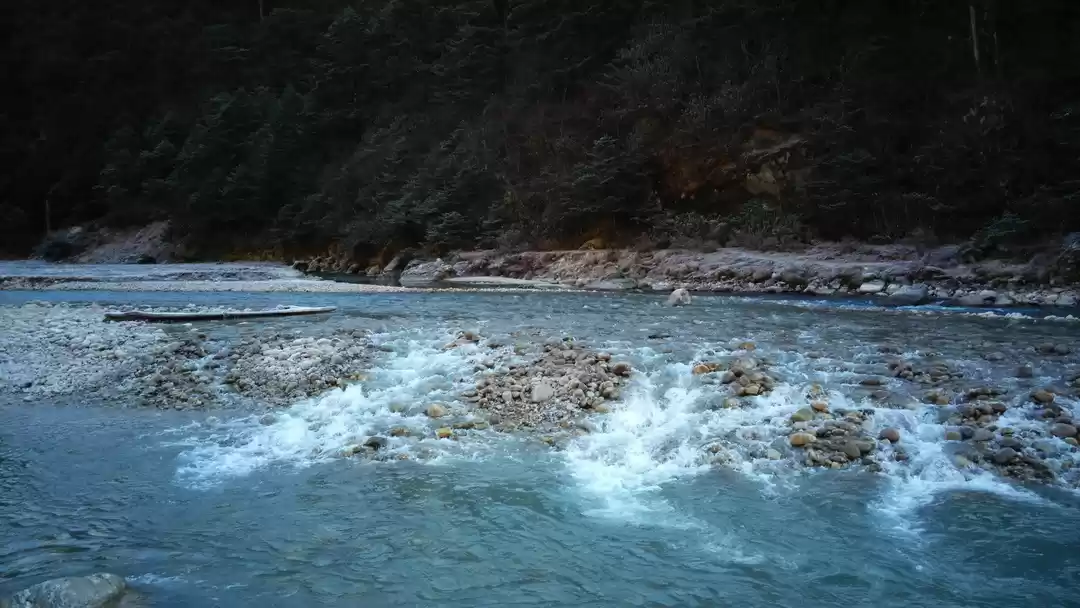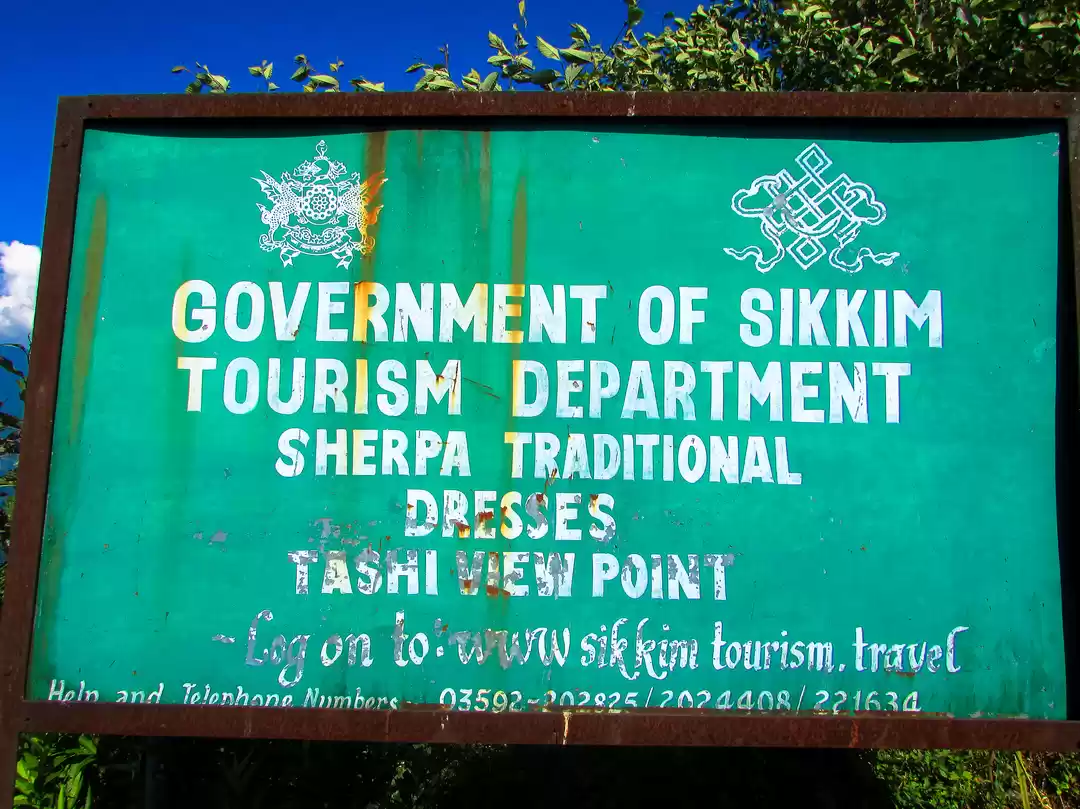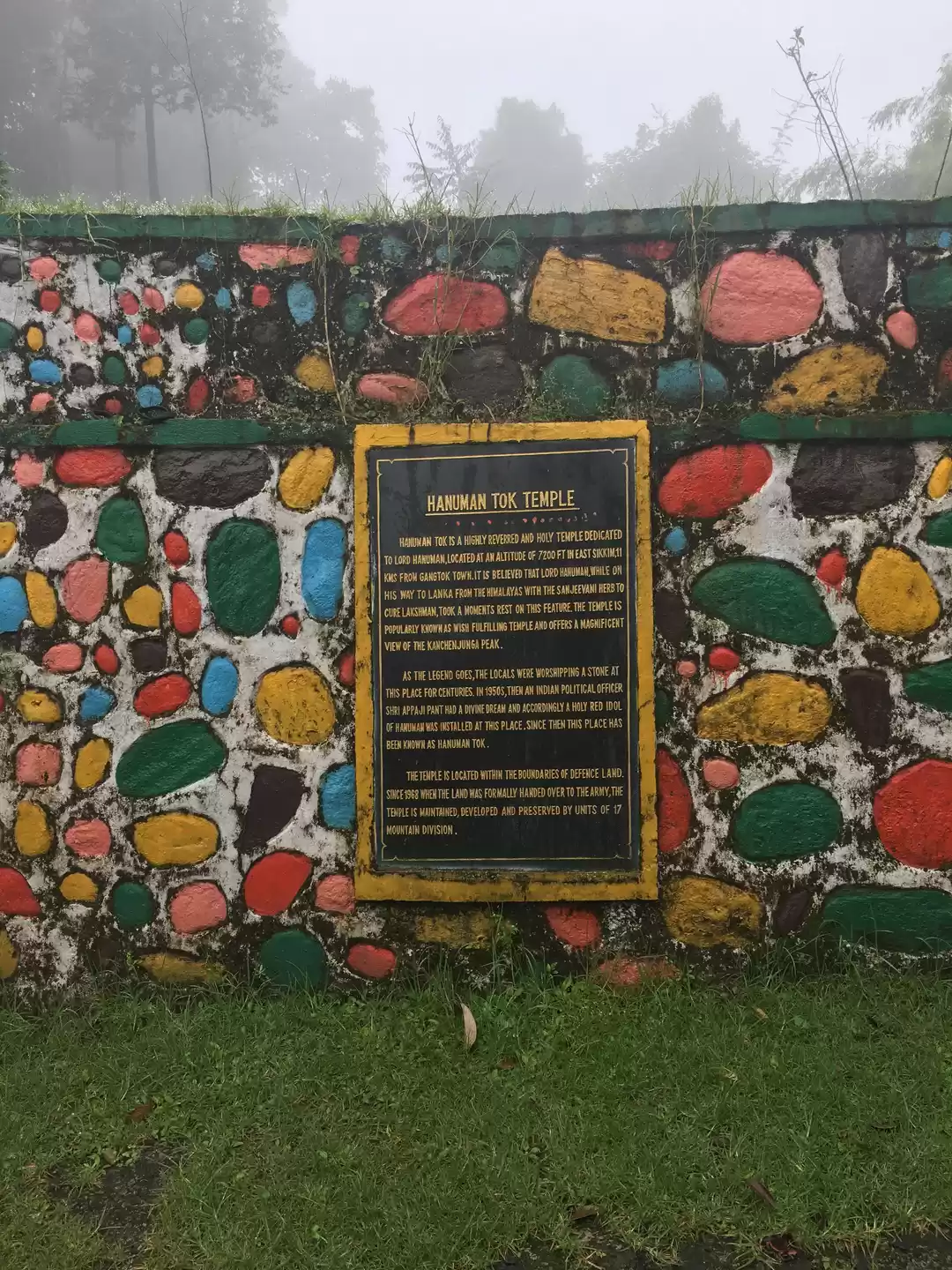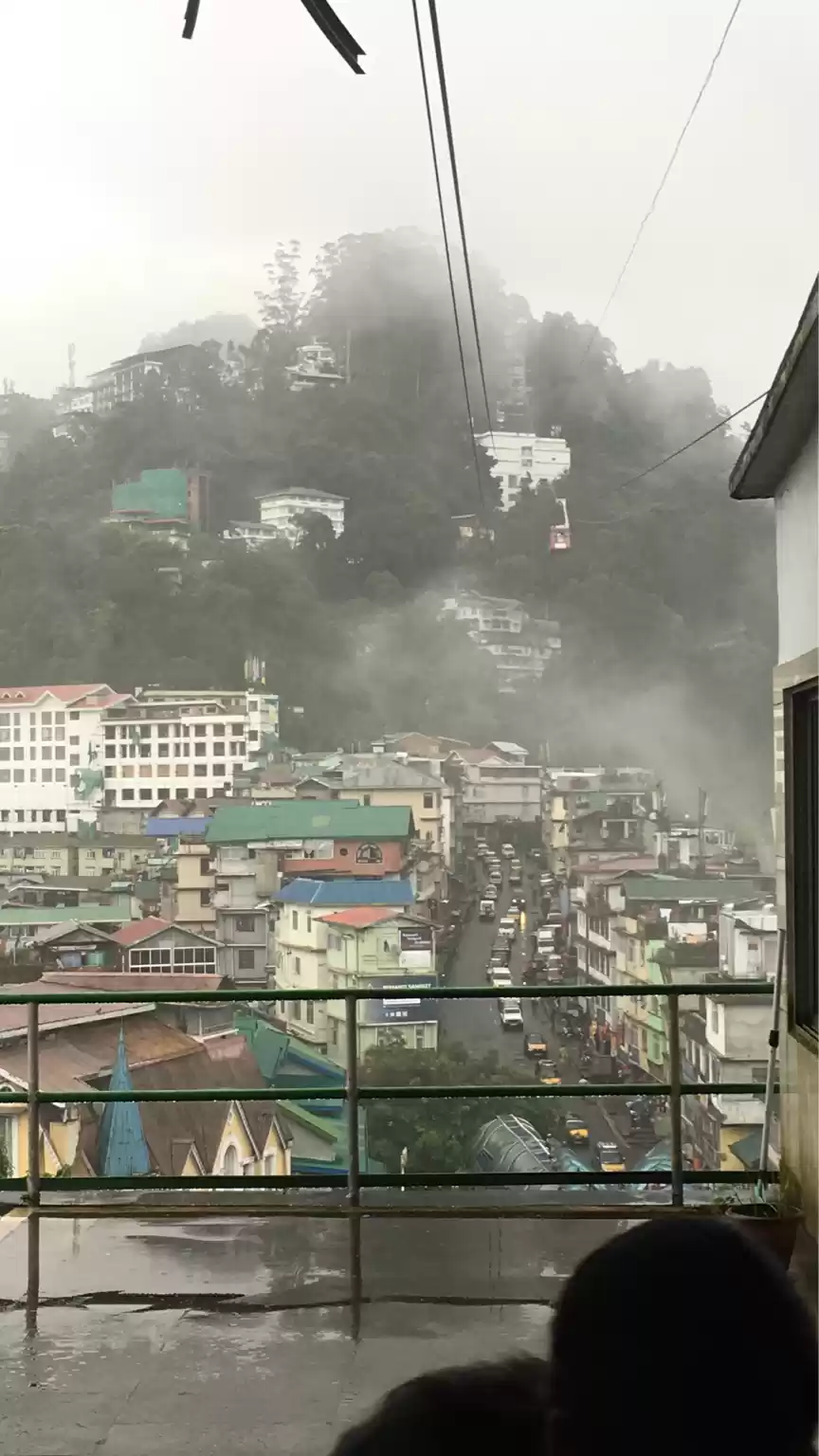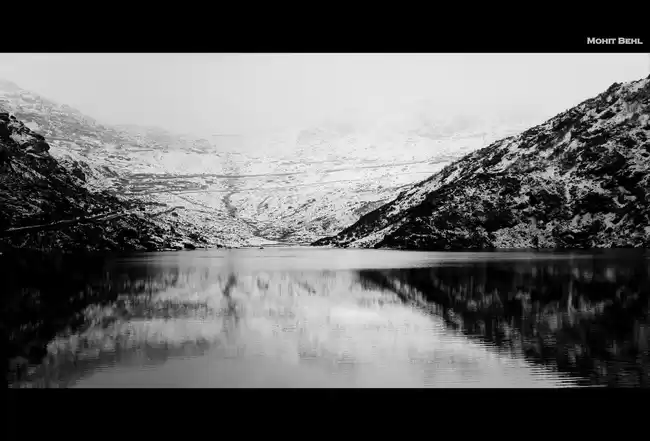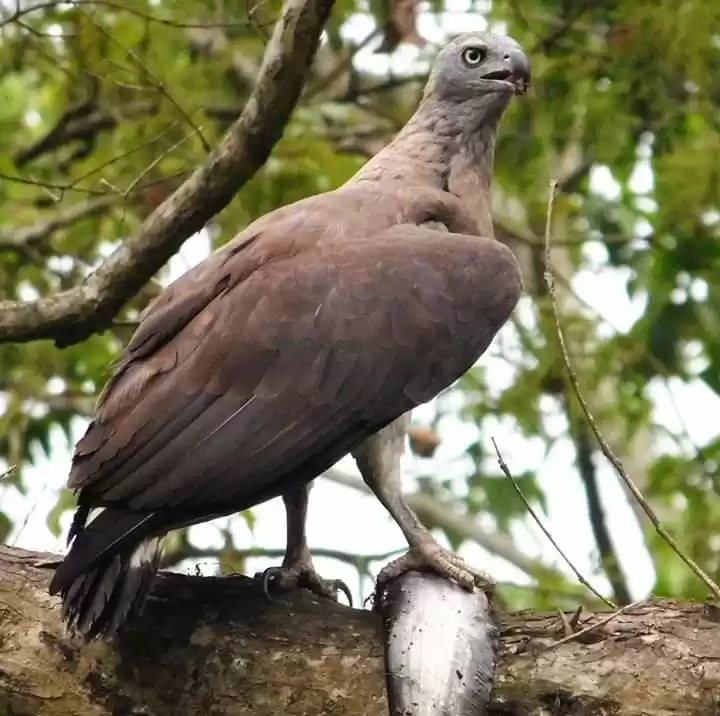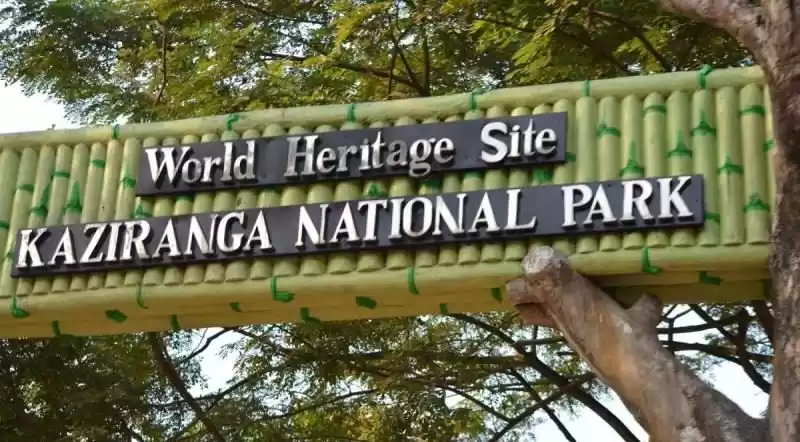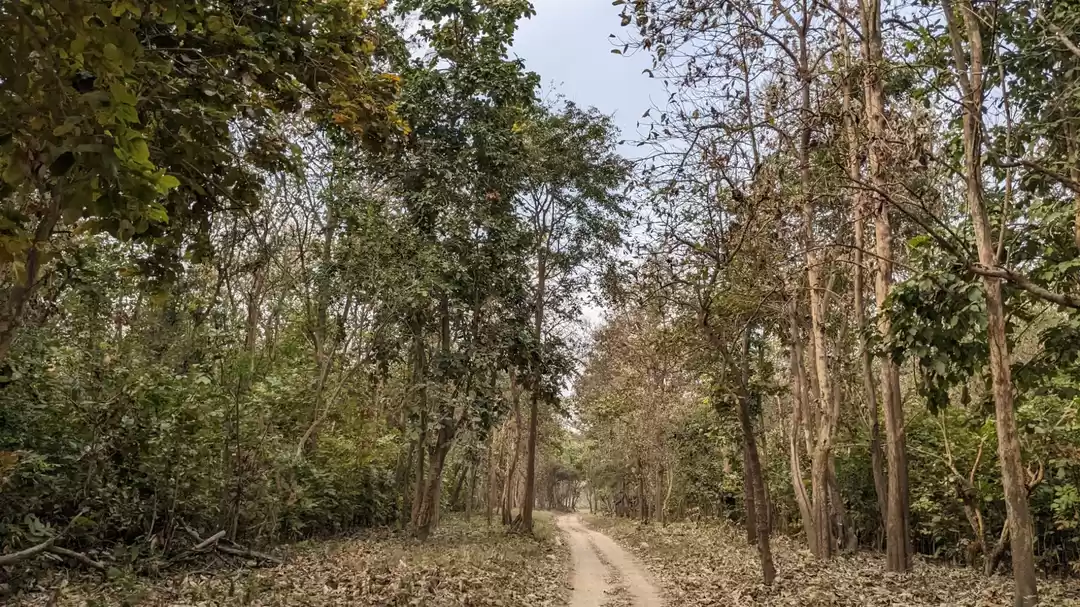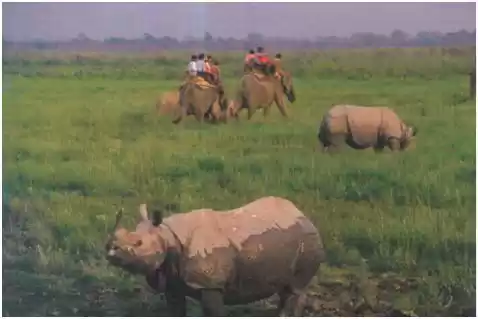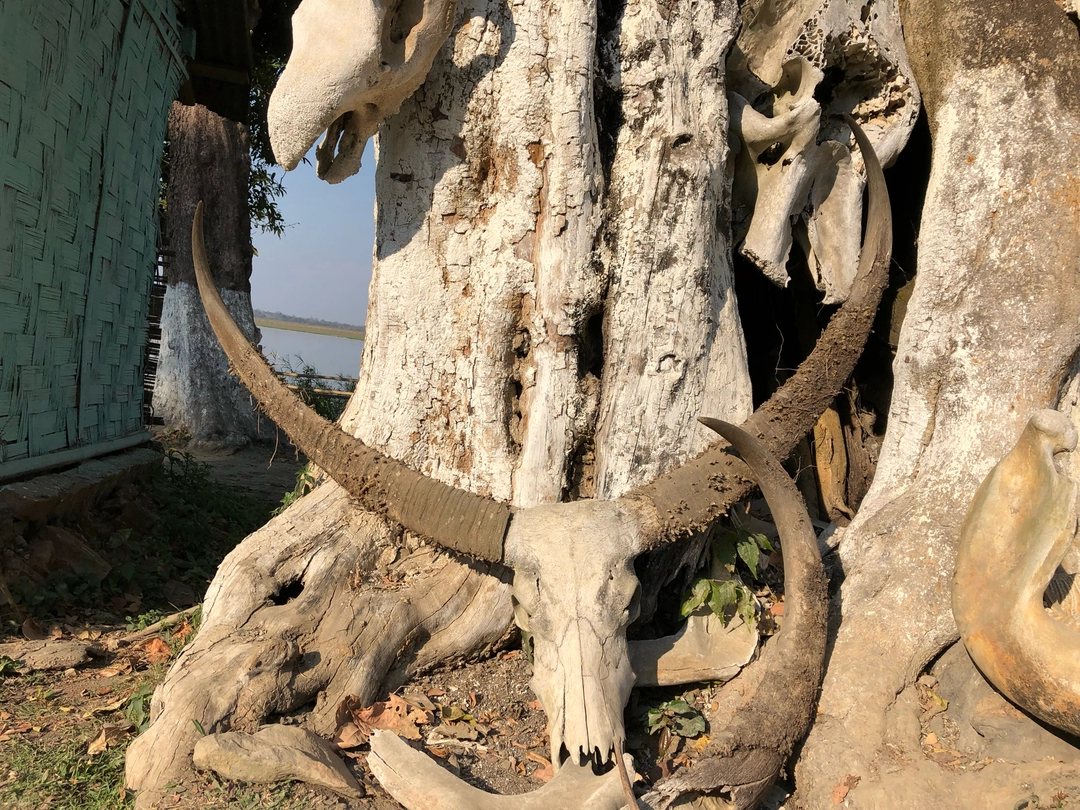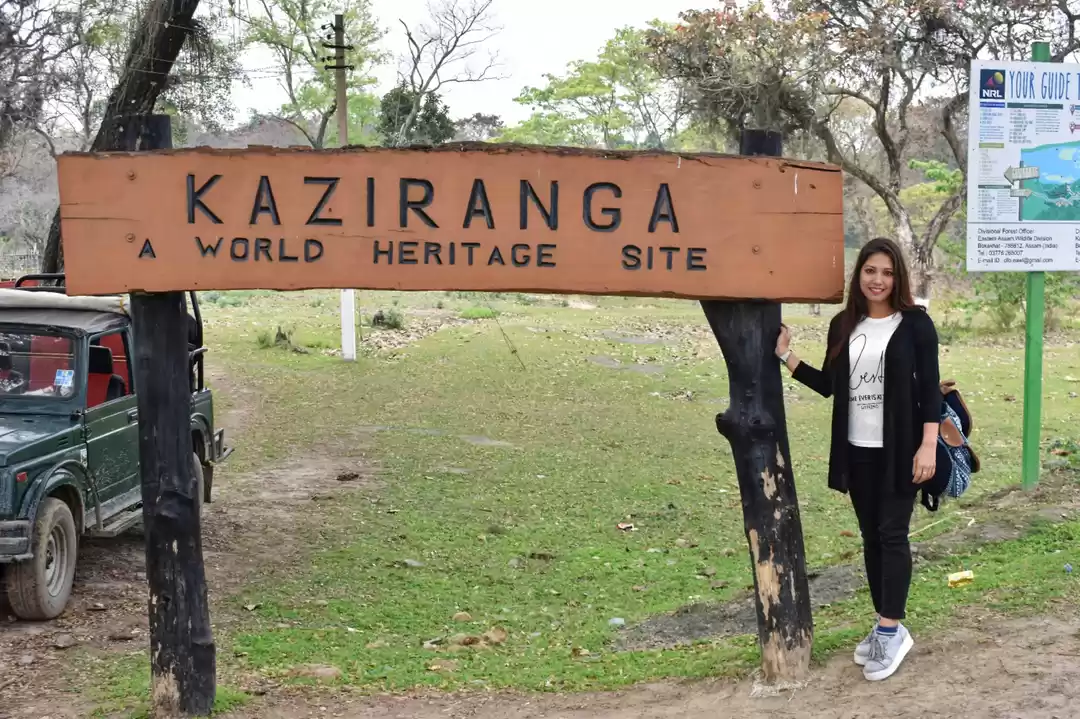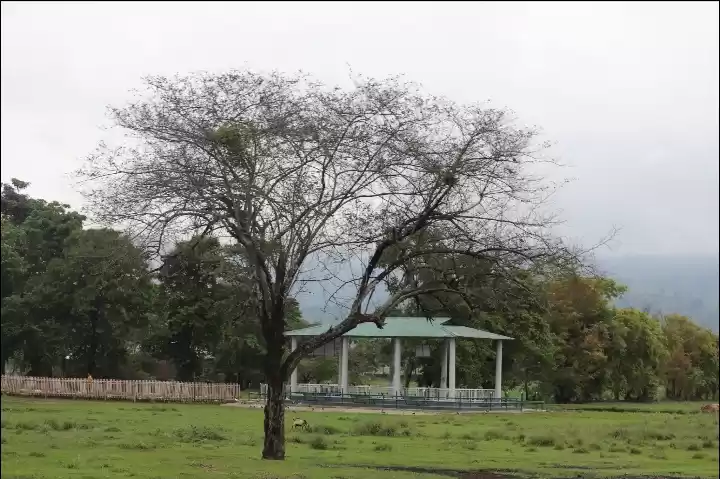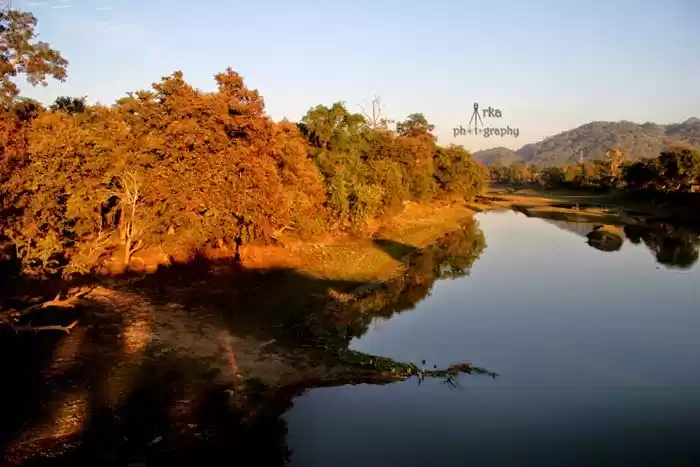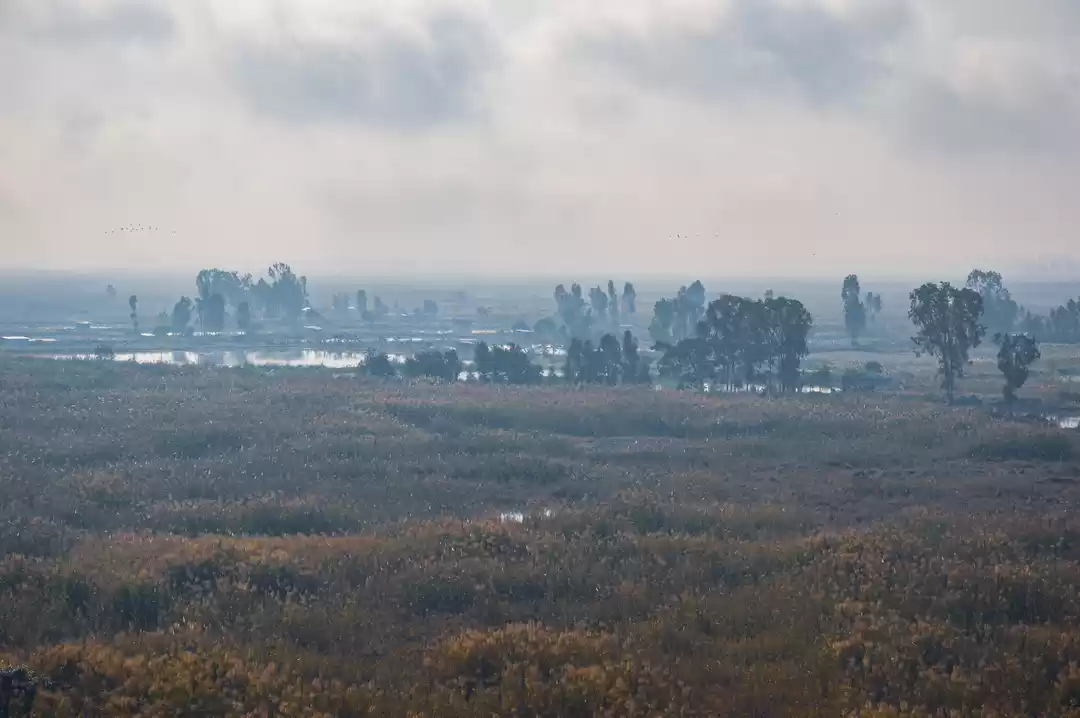Kanchenjunga National Park, also known as Khangchendzonga National Park, is a vast protected area in the state of Sikkim, covering an area of 1,784 square kilometers. It is named after Mount Kanchenjunga, the third highest mountain in the world, which lies partly within the park. The park is also a UNESCO World Heritage Site, recognized for its outstanding natural and cultural values.
The park is home to a variety of attractions and activities that will appeal to any visitor. Whether you want to trek through the majestic mountains, watch the exotic wildlife, or explore the ancient culture, you will find something to suit your taste and interest in Kanchenjunga National Park.
In this article, we will provide you with all the information you need to plan your visit to Kanchenjunga National Park. By the end of this article, you will be ready to pack your bags and head to this amazing destination.
How to Get to Kanchenjunga National Park
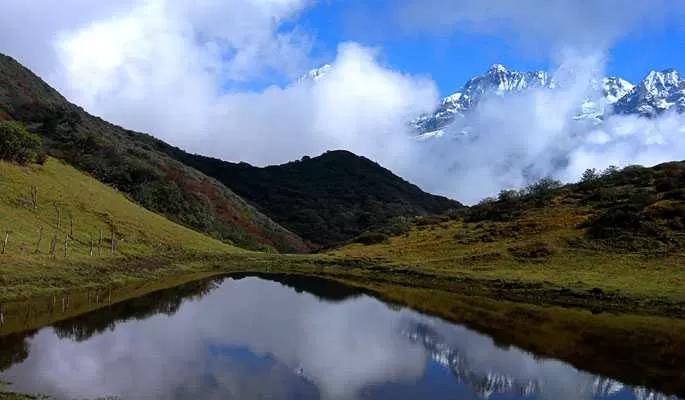
The first thing you need to know is how to reach Kanchenjunga National Park. The park is located in the north-western part of Sikkim, bordering Nepal and Tibet. The nearest major city is Gangtok, the capital of Sikkim, which is about 120 kilometers away from the park.
There are three main ways to get to Kanchenjunga National Park: by air, by rail, or by road.
By air: The nearest airport to Kanchenjunga National Park is Bagdogra Airport in West Bengal, which is about 220 kilometers away from Gangtok. You can take a flight from major cities like Delhi, Kolkata, Mumbai, or Bangalore to Bagdogra Airport. From there, you can either take a taxi or a bus to Gangtok, which will take about 4-5 hours. Alternatively, you can also take a helicopter service from Bagdogra Airport to Gangtok, which will take about 30 minutes.
By rail: The nearest railway station to Kanchenjunga National Park is New Jalpaiguri Railway Station in West Bengal, which is about 200 kilometers away from Gangtok. You can take a train from major cities like Delhi, Kolkata, Mumbai, or Chennai to New Jalpaiguri Railway Station. From there, you can either take a taxi or a bus to Gangtok, which will take about 4-5 hours.
By road: The most convenient way to get to Kanchenjunga National Park is by road. You can drive your own vehicle or hire a taxi from Gangtok or other nearby towns like Pelling or Yuksom. The road conditions are good and scenic, but be prepared for some steep and winding roads. The distance and travel time from Gangtok to Kanchenjunga National Park depends on which entry point you choose. There are three main entry points to the park: Yuksom, Lachen, and Lachung. Yuksom is about 140 kilometers away from Gangtok and takes about 6 hours. Lachen is about 120 kilometers away from Gangtok and takes about 5 hours. Lachung is about 110 kilometers away from Gangtok and takes about 4 hours.
When to Visit Kanchenjunga National Park
The next thing you need to know is when to visit Kanchenjunga National Park. The park experiences four seasons: spring (March-May), summer (June-August), autumn (September-November), and winter (December-February). Each season has its own advantages and disadvantages for visiting the park.
Spring: Spring is a good time to visit Kanchenjunga National Park as the weather is pleasant and the flowers are in full bloom. The park is a riot of colors and fragrances, with rhododendrons, orchids, magnolias, and primulas adorning the landscape. The visibility is also good and you can enjoy clear views of the mountains and valleys. However, spring is also a peak season for tourists, so you may have to deal with crowds and higher prices.
Summer: Summer is not a very favorable time to visit Kanchenjunga National Park as the weather is hot and humid and the monsoon rains are frequent. The park is prone to landslides, roadblocks, and leeches during this season. The visibility is also poor and you may not get to see the mountains or the wildlife. However, summer is also a good time to witness some of the cultural festivals of Sikkim, such as Saga Dawa, Lhabab Duchen, and Pang Lhabsol.
Autumn: Autumn is the best time to visit Kanchenjunga National Park as the weather is cool and dry and the skies are clear. The park is a paradise for trekkers and photographers, as you can enjoy stunning views of the snow-capped peaks, glaciers, lakes, and waterfalls. The wildlife is also more active and visible during this season. However, autumn is also a high season for tourists, so you may have to book your accommodation and permits well in advance.
Winter: Winter is a challenging time to visit Kanchenjunga National Park as the weather is cold and harsh and the snowfall is heavy. The park is mostly inaccessible and closed for visitors during this season. Only a few adventurous trekkers dare to venture into the park in winter, as they have to face extreme conditions and risks. However, winter is also a rewarding time to visit Kanchenjunga National Park as you can experience the solitude and serenity of the park and witness some rare phenomena such as frozen waterfalls, ice caves, and snow leopards.
What to See and Do in Kanchenjunga National Park

The most important thing you need to know is what to see and do in Kanchenjunga National Park. The park offers a plethora of attractions and activities that will keep you busy and entertained throughout your stay. Whether you are a nature lover or an adventure seeker, you will find something to suit your taste and interest in Kanchenjunga National Park.
Some of the main attractions and activities of Kanchenjunga National Park are:
1. Glaciers:
Kanchenjunga National Park boasts of some of the most impressive glaciers in India, such as Zemu Glacier, Kangchenjunga Glacier, Talung Glacier, Rathong Glacier, Simvo Glacier, Lonak Glacier, Lhonak Glacier, etc. These glaciers are the source of many rivers and streams that flow through the park. They also offer some amazing views of ice formations, crevasses, moraines, etc. You can trek or camp near some of these glaciers or hire a helicopter service to fly over them.
2. Lakes:
Kanchenjunga National Park has some of the most beautiful lakes in India, such as Goecha La Lake, Samiti Lake, Green Lake, Lam Pokhari Lake, Cholamu Lake, etc. These lakes are situated at high altitudes and reflect the colors of the sky and the mountains. They also attract many migratory birds and aquatic animals. You can trek or camp near some of these lakes or enjoy boating or fishing in them.
3. Waterfalls:
Kanchenjunga National Park has some of the most spectacular waterfalls in India, such as Khangchendzonga Waterfall, Naga Waterfall, Bakim Waterfall, Phamrong Waterfall, etc. These waterfalls are formed by melting snow or rainwater that cascades down from steep cliffs or rocks. They also create some refreshing pools and streams where you can take a dip or relax. You can trek or drive near some of these waterfalls or enjoy rappelling or rock climbing on them.
4. Mountains:
Kanchenjunga National Park has some of the most majestic mountains in India, such as Mount Kanchenjunga, Mount Pandim, Mount Kabru, Mount Simvo, Mount Siniolchu, etc. These mountains are part of the Himalayan range and offer some breathtaking views of snow-capped peaks, ridges, and valleys. They also challenge and inspire many mountaineers and trekkers who want to conquer them. You can trek or climb some of these mountains or hire a helicopter service to fly around them.
5. Wildlife:
Kanchenjunga National Park has some of the most diverse and rare wildlife in India, such as snow leopard, red panda, Himalayan black bear, Himalayan blue sheep, Himalayan tahr, blood pheasant, satyr tragopan, etc. These animals and birds are adapted to the high altitude and cold climate of the park. They also form part of the ecological balance and conservation of the park. You can spot some of these wildlife by trekking or camping in the park or by taking a safari or a guided tour.
6. Culture:
Kanchenjunga National Park has some of the most ancient and diverse culture in India, such as Buddhism, Hinduism, Bon, Lepcha, Bhutia, Nepali, etc. These religions and ethnic groups have coexisted and influenced each other for centuries in the park. They also have created some unique and fascinating traditions, festivals, art, architecture, and cuisine. You can explore some of the cultural and historical sites in the park, such as monasteries, temples, stupas, forts, and museums. You can also interact with some of the local people and learn about their lifestyle, beliefs, and customs.
Where to Stay Near Kanchenjunga National Park
After a long day of exploring the park, you will need a comfortable and convenient place to stay. Fortunately, Kanchenjunga National Park has some of the best accommodation options in Sikkim, ranging from luxury hotels to budget homestays. You can choose from the following types of accommodation near the park:
1. Hotels:
If you want to enjoy some luxury and comfort, you can stay in one of the hotels near the park. These hotels offer spacious rooms, modern amenities, delicious food, and scenic views. Some of the popular hotels near the park are The Elgin Mount Pandim, Norbu Ghang Resort, Summit Newa Regency, Hotel Pachu Residency, etc. These hotels are located in towns like Pelling, Yuksom, or Ravangla, which are close to the park. The price range of these hotels is from Rs. 3000 to Rs. 10000 per night.
2. Homestays:
If you want to experience some local hospitality and culture, you can stay in one of the homestays near the park. These homestays offer cozy rooms, basic facilities, home-cooked food, and friendly hosts. Some of the popular homestays near the park are Lamthang Homestay, Cherry Village Homestay, Tashigang Resort, Dzongu Homestay, etc.
These homestays are located in villages like Lachen, Lachung, Dzongu, or Hee Bermiok, which are close to the park. The price range of these homestays is from Rs. 1000 to Rs. 5000 per night.
3. Campsites:
If you want to experience some adventure and nature, you can stay in one of the campsites near the park. These campsites offer tents, sleeping bags, mattresses, toilets, and bonfires. Some of the popular campsites near the park are Goecha La Campsite, Green Lake Campsite, Dzongri Campsite, Thangsing Campsite, etc. These campsites are located along the trekking trails in the park. The price range of these campsites is from Rs. 500 to Rs. 2000 per night.
Also read: This Hidden resort in Pelling with a great view of Kanchenjunga is picture perfect
What to Know Before Visiting Kanchenjunga National Park
The park is a protected area and has some rules and regulations that you need to follow.
Permit and fees: You need to obtain a permit from the Tourism Department or Forest Department before entering the park. The permit can be obtained from Gangtok, Pelling, Yuksom, Lachen, or Lachung. The permit fee is Rs. 200 per person per day for Indians and Rs. 1000 per person per day for foreigners. You also need to pay an entry fee of Rs. 50 per person and a camera fee of Rs. 100 per camera at the park gate.
Kanchenjunga National Park is a must-visit destination for anyone who loves nature and adventure. It is a place where you can witness the beauty and diversity of nature, the thrill and challenge of adventure, and the richness and depth of culture.
In this article, we have provided you with all the information you need to plan your visit to Kanchenjunga National Park. We have told you how to get there, when to go, what to see and do, where to stay, and what to know before you go.
We hope this article helps you with your trip planning and inspires you to visit this amazing destination.






























